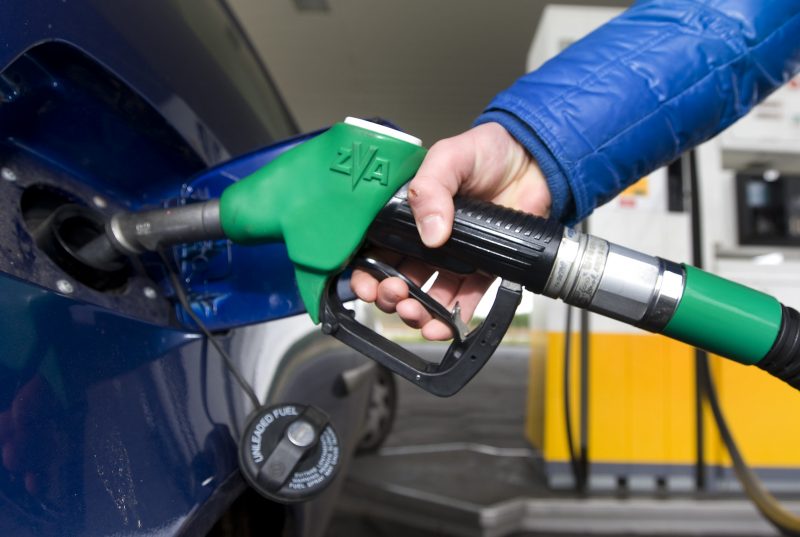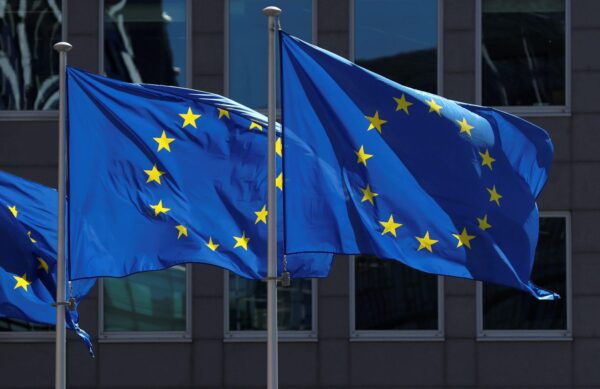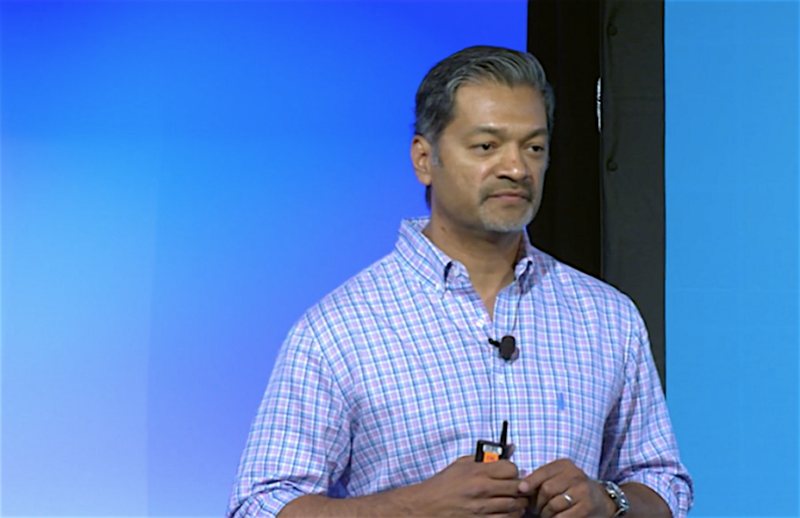- Caitlin Clark will earn less in the WNBA than some trade jobs – and the average athlete.
- The pay gap is due to revenue differences between the NBA and WNBA.
- Despite her low base salary, Clark could make over $3 million from brand sponsorships and endorsements.
Caitlin Clark is the first pick of the 2024 Women's National Basketball Association draft. And she'll be paid less than the average acupuncturist, elevator repairer, and police detective in the US.
On Monday, the Indiana Fever picked Clark, who shattered the NCAA career points record across both men's and women's basketball earlier this year. Clark, who wore a $17,000 Prada outfit to the draft, will make an estimated base salary of $76,535 in her first year.
For comparison, the average acupuncturist in the US made $84,260 last year, per the most recent Bureau of Labor Statistics data. The average detective made $95,930 last year.
Salaries are negotiated by the WNBA players' union. Lower-level draft picks make $64,154 as a base salary, but salaries are much higher for non-rookie players: The highest-paid WNBA players make over $200,000 in base salary.
"In second grade, I wrote on a piece of paper: 'Get drafted into WNBA, earn a basketball scholarship,' everything like that. And I think I've been able to check so many boxes and then this is another one and I feel like I'm ready for this chapter of my life," Clark said in a televised interview minutes before the draft.
To put Clark's pay into perspective, the first pick in the 2024 NBA draft is expected to make $10 million in his first year. The NFL's first draft will make around $7 million. The average US athlete across all spectator sports made $370,690 last year, data from the Bureau of Labor Statistics shows.
The pay gap stems from the difference in revenue between the basketball leagues' male and female divisions. Revenue, which comes from ticket sales, merchandise, food and beverage sales, and local broadcasting rights, is used to pay player salaries. The NBA brings in over $10 billion a year, while the WNBA recorded an estimated $200 million in revenue last year, per Bloomberg.
Revenue-sharing models differ between the leagues, too.
The NBA splits about half of all its income with players while the WNBA shares 50% of incremental revenue — excess money after the league hits a revenue target.
Despite the low base salary, Clark, who has over two million social media followers, stands to make major money from brand sponsorships and endorsements. Data tracker On3 estimated she's worth over $3 million from name, image, and likeness deals this year. She has deals with Nike, Gatorade, and State Farm Insurance.










